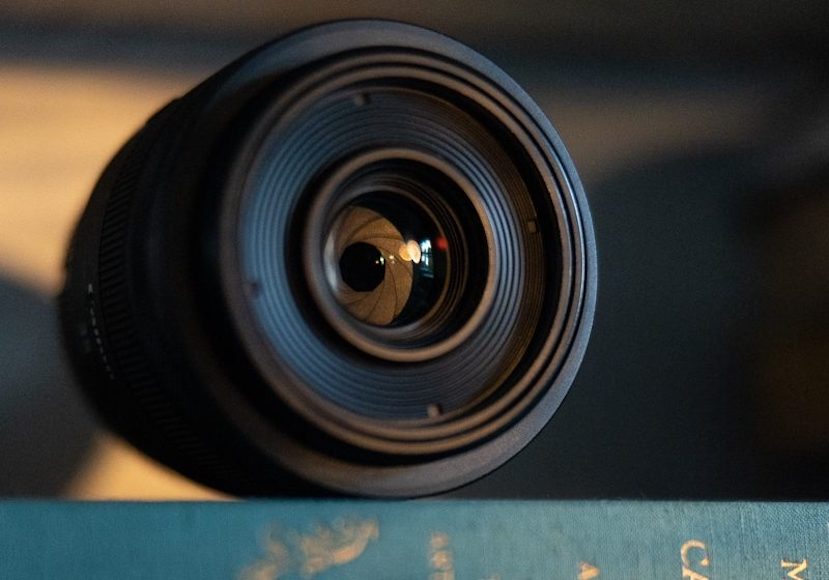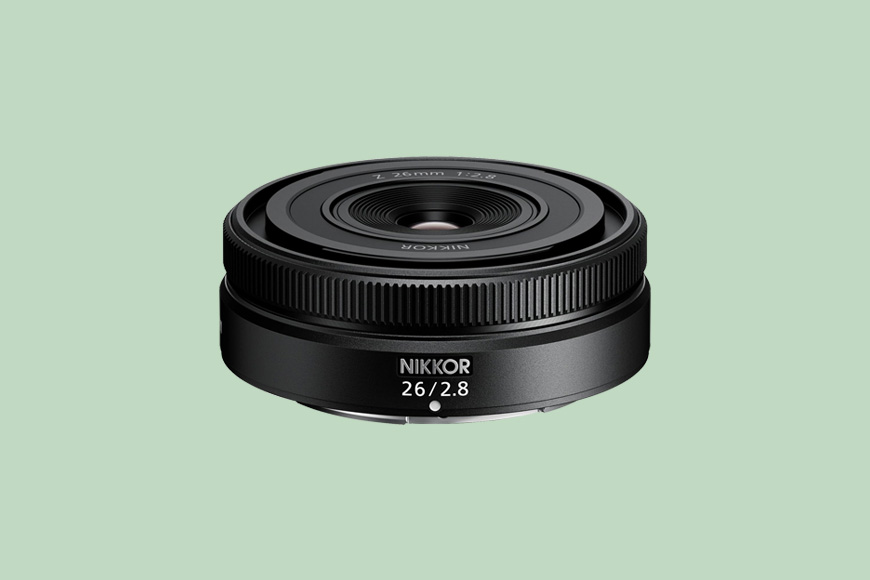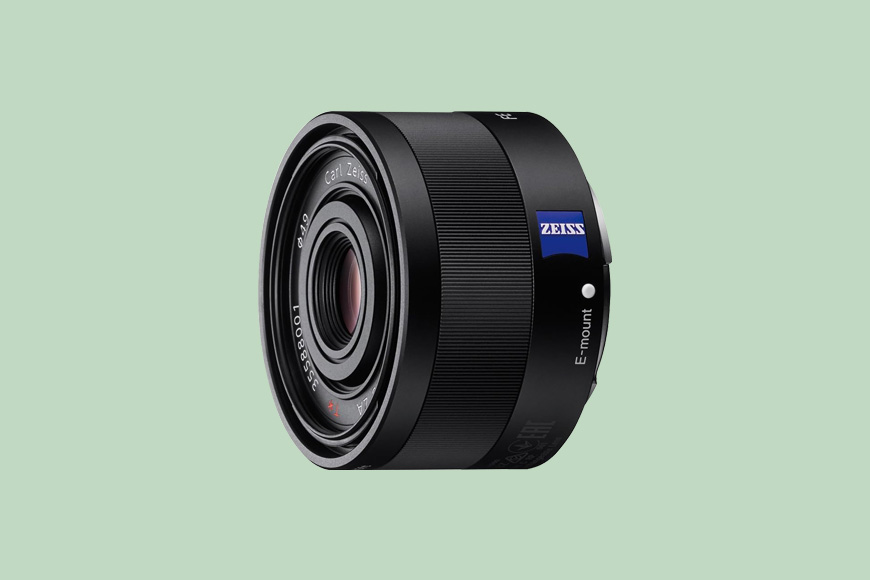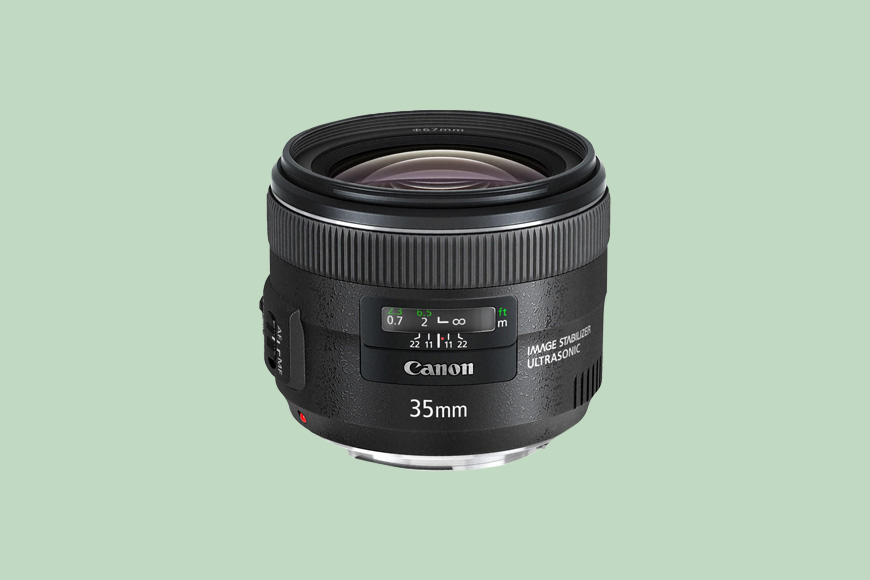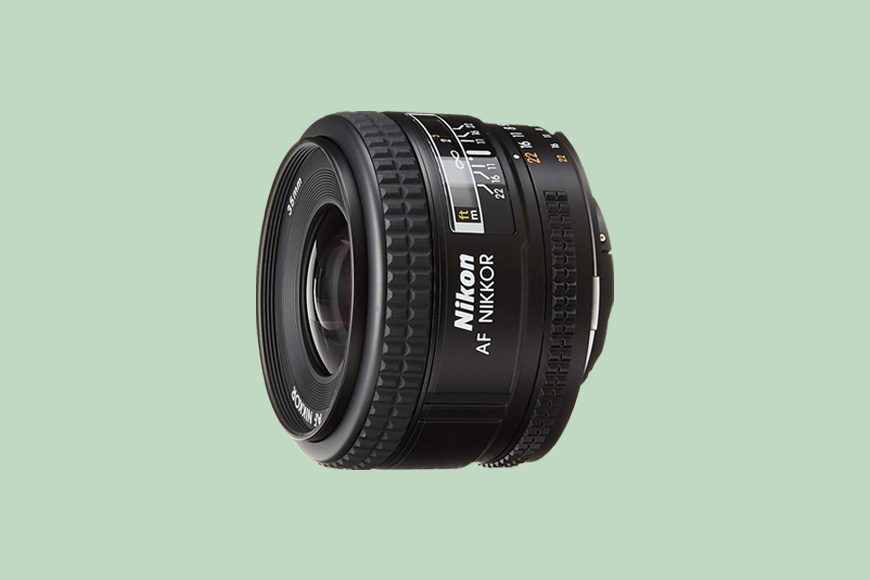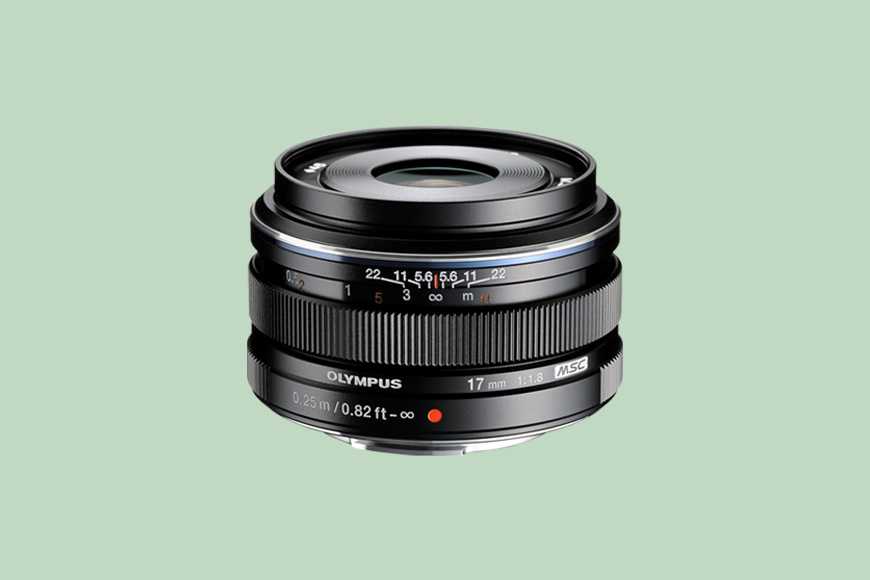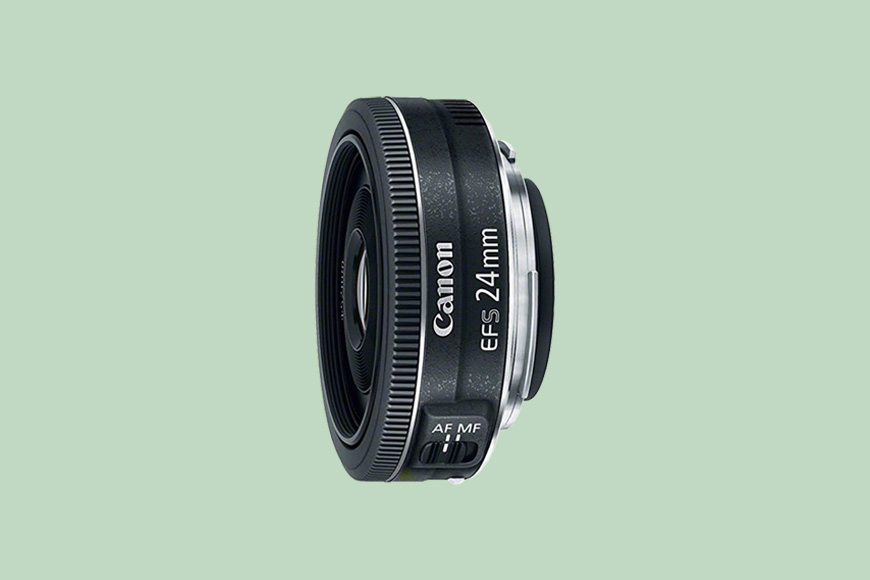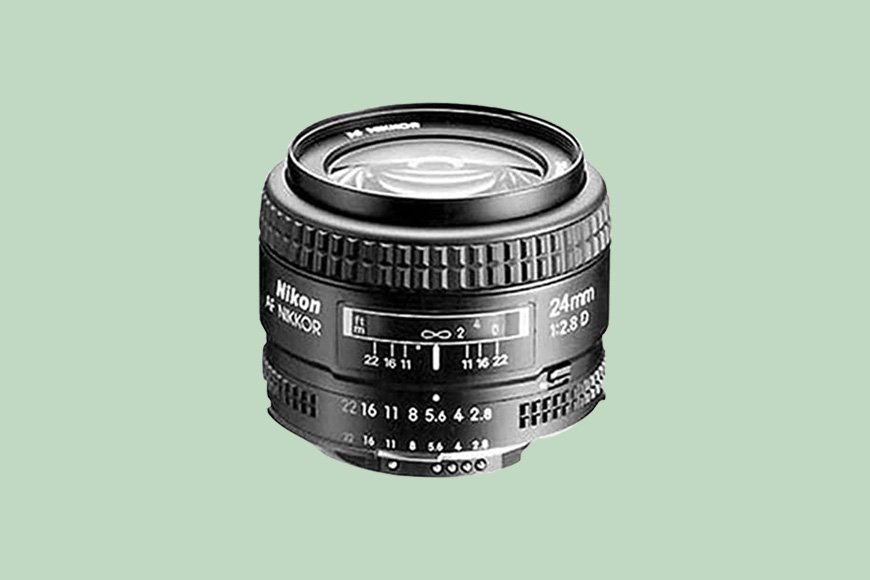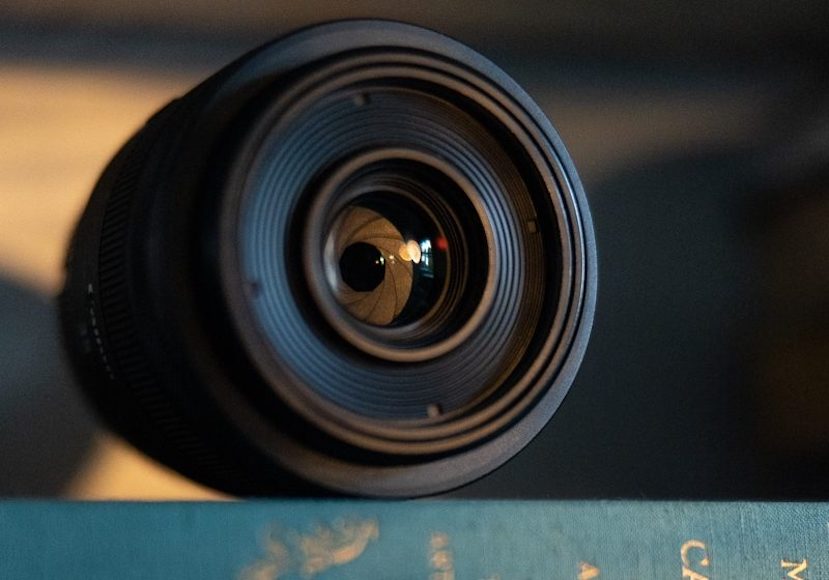
This guide will walk you through the best lenses for street photography on the market right now.
Street photography is a dynamic, exciting form of art, and central to getting the most out of it is the right choice of lens.
In this article, we’ll look at the most important factors you should consider when making that choice and how it will affect what you’re able to photograph.
We’ll also wade into the prime vs zoom lens debate.
If that sounds like it floats your boat, let’s get started.
What Are the Best Lenses for Street Photography in 2024?
Canon RF 35mm f/1.8 (Best Canon RF Lens for Street Photography)
- Image stabilization
- Programmable control ring
- Versatile focal length
- Macro design
- Autofocus is loud and not always accurate
- Some chromatic aberration
An excellent choice for street photographers using Canon’s mirrorless system.
The RF 35mm f/1.8 is the perfect focal length for producing narrative-driven photographs, and that bright aperture will have you shooting in even the most challenging light conditions.
It also means you’ll be able to get creative with depth of field.
The images it produces are crisp, with the true-to-life colors Canon is famous for.
It’s also image stabilized, so you can confidently shoot handheld and/or at lower shutter speeds and still get clear images.
Its macro design gives you the added bonus of being able to shoot subjects up close at a 1:2 magnification ratio, and at a distance of only 6.7 inches.
It also boasts a fully configurable control ring, which you can program to adjust your aperture, ISO, or several other exposure settings.
If you prefer a narrower view, go for the Canon RF 50mm [Amazon | B&H]. For a wider perspective, the Canon RF 24mm f/1.8 24mm [Amazon | B&H] is a great choice.
That 24mm is also the best street photography lens for Canon RF APS-C cameras if you want to go wider than 50mm.
Nikon Z 26mm f/2.8 (Best Nikon Z Lens for Street Photography)
- Extremely light
- Versatile focal length
- Weather sealed
- Customizable ring
Flat as a pancake.
This sleek lens has an excellent, unobtrusive form factor for urban photography, and its lightweight construction means it’s the lightest in its class.
That nice wide 26mm perspective length allows for more of the environment to be captured, and its aperture is more than enough for the rigors of the genre.
It’s weather-sealed and has reliable and fast autofocus.
The images it produces are crisp and colorful with minimal distortion and chromatic aberration.
One particularly nice feature is its programmable control ring. This is set by default to manual focus, but you can change that to control aperture or exposure compensation according to your preferences.
For the more classical street focal length, the Nikon Z 35mm f/1.8 S [Amazon | B&H] will be your best bet, followed by the 50mm f/1.8 [Amazon | B&H]. That Nikon is the best Nikon Z DX lens for street photography.
Sony Sonnar T* FE 35mm f/2.8 (Best Sony FE Lens for Street Photography)
- Image stabilization
- Lightweight
- High-quality optics
- Good autofocus
The Sony Sonnar T* FE 35mm f/2.8 lens is a high-quality piece of urban photography gear, for anyone shooting on Sony’s full-frame cameras.
Its 35mm focal length strikes a perfect balance between storytelling and environmental context. And that fast f/2.8 aperture is more than enough for difficult light conditions or clearly isolating against dynamic urban backdrops.
Its Zeiss T* coating produces outstanding optical performance, with reduced flare and ghosting, and sharp, well-contrasted images.
It has great autofocus capabilities, and its compact and lightweight design means it’s ideal for on-the-go street photographers.
Smaller and less expensive than the f/1.8 [Amazon | B&H], the Sonnar T* also features Zeiss glass.
Fujifilm XF 23mm f/2 R WR (Best Fujifilm Lens for Street Photography)
- Outstanding optical quality
- Weather-sealed
- Well designed
- Compact
- Can be a little soft wide open
This Fujifilm lens is designed for use with Fujifilm’s APS-C sensor X Mount cameras.
That 23mm is the full-frame equivalent of 35mm, so it provides a classic and versatile perspective, ideal for capturing the ebb and flow of the streets.
The fast f/2 aperture ensures great low-light performance but also gives you the option to get creative with bokeh and background or foreground blur.
It’s robust and weather-resistant, so you can use it in challenging conditions.
It has high-quality autofocus that is quick, accurate, and quiet, allowing you to stay as unobtrusive as possible. It’s compact, too.
Fujifilm is known for producing optical excellence, and this prime lens is no different, delivering images with minimal distortion and those tasty Fuji colors.
Canon EF 35mm f/2 (Best Canon EF Lens for Street Photography)
- Image stabilized
- Good image quality
- Compact
- Versatile
The Canon EF 35mm f/2 lens is a versatile, reliable choice for street photographers using Canon DSLRs.
The 35mm perspective makes it the ‘storytelling lens,’ and the bright f/2 aperture is a great help in challenging lighting conditions while also allowing for creative use of depth of field.
This lens is well-known for its sharpness and color accuracy, something I can attest to personally as I own one.
It’s also compact and lightweight, so it’s easy to carry and unobtrusive when it’s on the camera.
You can use it on both full-frame and APS-C Canon cameras and, if you have an adapter, on the mirrorless R system.
Something to look out for, though, is the slightly noisy autofocus.
For anyone looking for something less wide, the EF 50mm f/1.8 [Amazon | B&H] is fantastic value, and one of the most popular lenses ever made, for good reason.
Nikon 35mm f/2D (Best Nikon F Lens for Street Photography)
- Well-built
- Great optical quality
- Fast aperture
- Compact
- Can be some sharpness issues when used with digital bodies
This is an older lens designed for use with non-digital cameras, although it also works fine with Nikon’s modern digital offerings as they have the same mount.
It has a small form factor (just over 2 inches thick) and a nice, robust feel to it, with a ridged aperture ring and outer grip.
These features make it highly suitable for street photographers.
Its autofocus works well, and it produces images that are nice and clear and with well-rendered colors.
The focal length and aperture are also perfect for taking photos on the streets.
You should note that B&H only offers the larger f/1.8 version of this lens.
OLYMPUS M.Zuiko Digital 17mm f/1.8 (Best Micro Four-Thirds Lens for Street Photography)
- Compact and lightweight
- Good image quality
- Near-silent autofocus
- Manual focus option
- Lacks sharpness when wide open
A lens for street photographers using the micro-four-thirds system.
It has an aperture of f/1.8, which is nice and fast, great for challenging light conditions and for isolating elements in your scene.
Its 17mm focal length is the full-frame equivalent of 34mm, which offers a natural, human perspective – ideal for creating images that have a natural and immersive feel.
The lens’s optical quality is high, and it produces sharp images with minimal distortion.
It has a compact and lightweight design, so it won’t take up too much room in your camera bag, nor bring you too much attention on the street.
It has good quality autofocus and also a manual focus clutch that gives you the option to take control of focusing yourself.
Sony E 20mm f/2.8 (Best Sony APS-C Lens for Street Photography)


- Sturdy build
- Good autofocus
- Produces sharp images
- Light, small, unobtrusive
The Sony E 20mm f/2.8 blends a wide perspective (full-frame 30mm equivalent) with a lightweight, compact pancake design.
There will be no fatigue when carrying this sleek lens on your camera.
With an aperture of f/2.8, you get great low-light performance and also the ability to get creative with depth of field and isolate your subjects.
It pairs nicely with models like the Sony Alpha a6000 series, and as those are small cameras themselves, you’d have a very compact setup.
It could also pair with the NEX-6, or, for anyone looking for a more DSLR feel, with the Sony SLT Alpha 77 II.
If a small form factor isn’t so important to you and/or you need a faster lens and/or you like the 45mm style of urban photography, there’s also the Sigma 30mm f/1.4 DC DN [Amazon | B&H].
Canon EF-S 24mm f/2.8 STM Lens (Best Canon APS-C Lens for Street Photography)
- Versatile focal length
- Excellent autofocus
- Sleek form factor
- Produces great colors
This compact and versatile lens has a wide 24mm focal length, which translates to 36mm on an APS-C camera.
As such, you get the focal length that matches most closely with the human field of view, which allows you to comfortably capture both broader urban scenes and more intimate subjects.
Its f/2.8 aperture is ideal for shooting on the streets, and it has STM (Stepping Motor) technology that delivers swift and near-silent autofocus, ideal for discreet shooting.
And it’s not only the autofocus that will keep you unobtrusive. It’s a pancake lens, only 1-inch thick! So it has a pretty unbeatable form factor for this genre of photography.
Designed for APS-C cameras, it works well paired with any of the Canon EOS Rebel series (for the budget-conscious), the 90D (for mid-range buyers), or the 7D Mk II or Canon R7 mirrorless (for the high-end folk).
Just note that if you use this with the R7, you’ll need an adaptor.
Nikon AF 24mm f/2.8D (Best Nikon DX Lens for Street Photography)
- Lightweight and compact
- Wide aperture
- Good image quality
- Good autofocus
- Images soft at edges at some apertures
The Nikon AF 24mm f/2.8D is a compact and lightweight lens that’s a great choice for urban photography.
It’s the smallest and lightest 24mm FX lens in Nikon’s line-up. If you use it on a crop-sensor camera, it’s the full-frame equivalent of 36mm – an excellent focal length for the streets.
The lens’s small form factor means that it’s unobtrusive and highly portable.
The fast f/2.8 aperture excels in low-light conditions, and the lens produces sharp, well-contrasted images.
For anyone looking for something a bit less wide, you could go for the Nikon AF-S 35mm f/1.8G DX [Amazon | B&H], which works out as the full-frame equivalent of around 55mm.
How to Choose the Best Street Photography Lens for Your Needs
Selecting the best street photography lens for your needs will depend greatly on what you want to photograph out there.
Is it people? Is it street scenes and buildings? Is it portraits? This will determine the kind of lens you go out with.
Here are some of the factors you will need to consider.
Focal Length
The focal length you choose will shape the style of the photos you take out there in the streets.
35mm is probably the most popular choice, as it produces a point-of-view that’s most similar to the human field-of-view, which makes it feel natural.
It’s also a good perspective for capturing a wide range of the scenarios you’ll likely come across, from urban scenes to people, to architectural elements.
You can go wider, for example, 24mm, if you want to capture more of the surroundings, the energy of crowded streets, or expansive urban landscapes.
Or you could use a nifty fifty to compress things a bit more, or if you’re particularly interested in taking more intimate shots that need you to isolate subjects from their background – for example, street portraits.
It’s ok, too, to buck the trend and go with something that you wouldn’t automatically think of; an 85mm, for example.
The streets are a great playground for photography and an excellent place for experimentation.
As you look for street photography lenses, remember that anything that pushes you out of your comfort zone and forces you to try new compositions is a good thing.
Aperture
The faster your lens, the better, but you don’t need an aperture much wider than f/2.8 as, once you go wider than that, you’ll have a lot of the scene out of focus.
Also, once you get down to the f/1.4 or f/1.2 lenses, they’re quite a bit heavier, and you want something you’ll be able to carry around all day.
f/2.8 is wide enough to let in all the light you need in the varied lighting conditions you’ll encounter on the street, plus it’s also able to isolate subjects and give you latitude to play creatively with depth of field.
An f/2.8 lens will also allow you to use narrower apertures if you need to get more in focus, for example, if you decide to shoot a bit of architecture.
To Zoom or Not to Zoom
This is a hot potato.
When it comes to zoom vs prime lenses, there are definite advantages to each.
Zoom lenses offer undeniable flexibility, helping you adapt quickly to changing scenes and distant subjects without the need for lens changes.
Having this versatility can be a great advantage, especially in dynamic urban environments where you need to stay fluid as moments and scenes change.
A zoom lens is often lighter, too, and that, combined with the fact that you might only need one lens (and one body), means that zoom lenses win in terms of portability.
But.
A prime lens, because of its fixed focal length, leads to a more intimate and immersive shooting experience. And that’s what street photography is all about.
Being limited to a single focal length forces photographers to engage physically with their subjects, leading to a deeper connection and more intentional street photography compositions.
Not having a zoom lens sharpens your instinct and timing, crucial skills in capturing fleeting moments on the streets.
In short, you become a better photographer. You become more alert and more in-tune with your environment.
The nature of prime lenses and the way they force you to work is perfectly aligned with the whole ethos of street photography, which is to be immersed.
From a technical standpoint, they’re also better.
They are better quality, normally have faster apertures (a great help in varied lighting conditions), and are often more unobtrusive.
Size and Weight
The size and weight of your lens are important considerations, and having a compact, lightweight lens is beneficial when you’re navigating the streets.
The smaller your lens, the less attention you’ll attract. That allows you to blend in more with your surroundings and capture authentic moments without disturbing the scene.
Because you blend in more and are less intrusive, you can often get closer to the action and have a more intimate connection with whatever you’re photographing, which is vital in street photography.
A compact lens also means your camera setup is more portable and easier to handle, meaning you can stay mobile and react quickly to unfolding scenes.
Street photography can be physically demanding, too. You’re often shooting for a long time, and your body, and especially your hands, shoulders and arms, can get tired.
A smaller, lighter lens minimizes the strain and lets you shoot for longer.
FAQs About the Best Lenses for Street Photography
What type of lens is best for street photography?
I like shooting with fast primes (35mm or 50mm) as that forces me to move towards or away from what I want to photograph. A prime lens forces me to be immersed in and interact with a scene.
Another good lens to have is a mid-zoom lens, for example, a 24-70mm zoom lens, which can help you out in a tight spot and give you a flexibility that a prime lens can’t.
Is 50mm or 85mm better for street photography?
A 50mm lens is probably more popular, as it’s a versatile focal length that’s good for both portraits and street scenes.
But one thing that you should bear in mind when practising street photography is that it’s good to challenge yourself by using focal lengths you wouldn’t normally shoot with.
This can often lead to surprising results and unique compositions that will make your images stand out.
So, for this, consider an 85mm.
What focal length lens is best for street photography?
The classic street photography focal length is 35mm, as that’s the one that most closely matches the perspective of the human eye.
But, any length will do, and it’s good to experiment and push yourself out of your comfort zone.
Is 25mm lens good for street photography?
If you plan on taking photographs that include a lot of surrounding context, then this is a good focal length, but it won’t get you close to the action (unless you put this lens on an APS-C camera).
If you get close to anything with this focal length, though, it risks being distorted.
What is the best aperture for street photography?
It’s good to have a fast lens, as an important feature of a street photography lens is versatility.
Also, you might want to be out shooting early in the morning, or in the evening, so you want something that’ll let you do that while still keeping your shutter speed high.
But, you don’t need something super-fast since it’s important to keep the lens form factor small for portability and discretion, so f/2.8 is fast enough.

